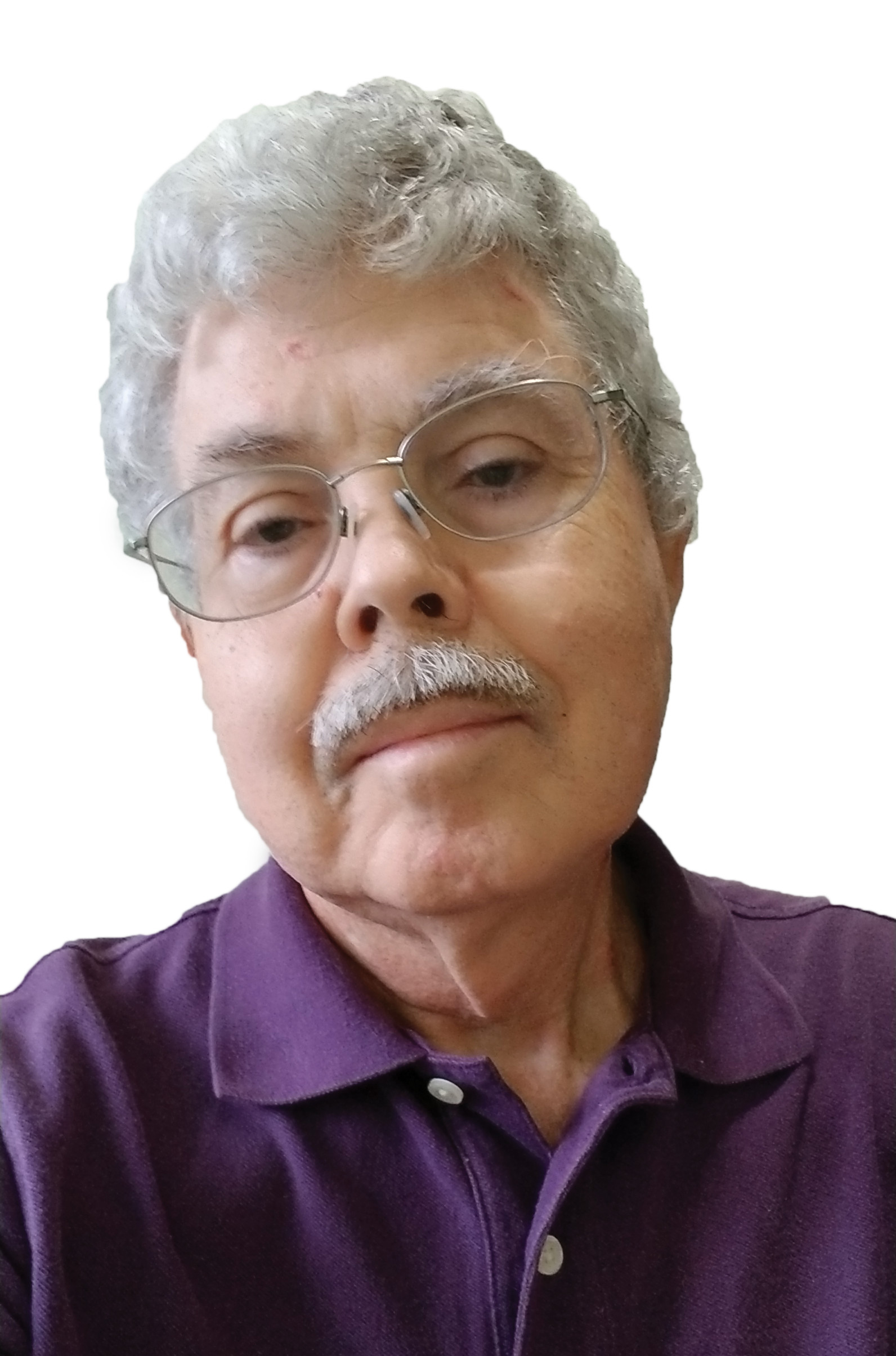RF Report for March 3, 2014
California Historical Radio Society Relocates Museum
Peter Hegarty, in his posting Historical radio museum to open in Alameda on InsideBayArea.com, describes the move of the California Historical Radio Society's Bay Area Radio Museum from Ashby Avenue to a new location on Central Avenue in Alameda. He begins, “Step into the building that houses the Bay Area Radio Museum and you might expect to find old-timers tinkering with wires and vacuum tubes as they bring vintage radios glowing to life. And you'd be right, except these days the men are just as busy boxing up batteries, microphones and other memorabilia because they are moving to Alameda.”
The museum has about 2,500 antique radios plus Victrolas, vintage posters and other odds and ends from the golden age of wireless. The oldest radio is a crystal set made around 1912. There are also early TV sets, including one with a three-inch screen. Many of these radios and TV actually work. Steve Kushman, the society's president, said, “We have guys who can do anything, who can fix anything.”
See Hegarty's article for more on the museum, its history and its move. Also visit www.californiahistoricalradio.com. The California Historical Radio Society has raised more than $760,000 towards its goal of $1.1 million for the museum.
Can We Eliminate the Van Allen Radiation Belts?
IEEE Spectrum writer Charles Q. Choi has an interesting article asking, Hacking the Van Allen Belts--Could we save satellites and astronauts by wiping out the Van Allen belts?. The huge amounts of radiation in the Van Allen belts pose a major risk for satellites that pass through them or orbit within them.
Maria de Soria-Santacruz Pich, whose Ph.D. work at MIT was on manipulating the Van Allen belts, says getting rid of the Van Allen belts would potentially open up valuable new orbits for satellites and make travel safer for astronauts.
The professional video industry's #1 source for news, trends and product and tech information. Sign up below.
Choi describes some of the ways the Van Allen belts could be dispersed. One of them involves blasting them with high power VLF RF. The U.S. Air Force's Demonstration and Science Experiments (DSX) satellite, set for launch in 2016, will carry an instrument to monitor the effects that VLF waves broadcast in space might have on the dangerous electrons in the Van Allen belts.
Choi writes, “It remains uncertain as to whether removing these radiation belts might have unintended consequences.” What could possibly go wrong?

Doug Lung is one of America's foremost authorities on broadcast RF technology. As vice president of Broadcast Technology for NBCUniversal Local, H. Douglas Lung leads NBC and Telemundo-owned stations’ RF and transmission affairs, including microwave, radars, satellite uplinks, and FCC technical filings. Beginning his career in 1976 at KSCI in Los Angeles, Lung has nearly 50 years of experience in broadcast television engineering. Beginning in 1985, he led the engineering department for what was to become the Telemundo network and station group, assisting in the design, construction and installation of the company’s broadcast and cable facilities. Other projects include work on the launch of Hawaii’s first UHF TV station, the rollout and testing of the ATSC mobile-handheld standard, and software development related to the incentive auction TV spectrum repack. A longtime columnist for TV Technology, Doug is also a regular contributor to IEEE Broadcast Technology. He is the recipient of the 2023 NAB Television Engineering Award. He also received a Tech Leadership Award from TV Tech publisher Future plc in 2021 and is a member of the IEEE Broadcast Technology Society and the Society of Broadcast Engineers.
